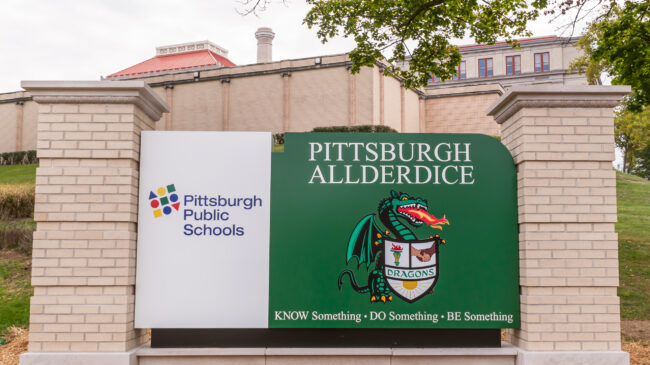On the campaign trail this year, Josh Shapiro championed more money for public schools. Now that Democrats control Pennsylvania’s House of Representatives for the first time in over a decade, the state’s governor-elect will likely find ample support for that goal.
“Everyone knows that our schools are chronically underfunded,” said state Rep. Matthew D. Bradford (D-Montgomery County) in a recent press conference concerning Pennsylvania election results.
But data show Pennsylvania already spends plenty on public education.
Between 2002 and 2020, Pennsylvania’s real education revenue skyrocketed by 49%, going from an average of $14,434 spent per student to $21,524 per student, placing the Keystone State at fifth-highest in the country for K-12 per-student funding. During this time, Pennsylvania’s public school enrollment plummeted by 11.7%, but the state still increased its share of inflation-adjusted funding by some $3.4 billion.
Incredibly, these figures don’t even account for more recent spending and enrollment trends, including record-breaking education appropriations in each of the past two years and a nearly 3% public school enrollment decline since the start of the COVID-19 pandemic.
In short, more money is being spent on fewer students – but where are all those dollars going?
For starters, they aren’t boosting teachers’ take home pay. Despite historic funding levels, Pennsylvania’s teachers are taking home less on average, as real salaries fell by 3.7% between 2002 and 2020. Instead, the state’s education dollars increasingly go to two main expense categories: employee benefits and new staffing positions.
From 2002 to 2020, real per-student spending on employee benefits – which includes expenses such as teacher pensions and healthcare – grew by 173.6%. This growth exceeded that of every state’s except Hawaii and Illinois, and Pennsylvania now spends $5,656 per student on benefits alone. A key driver of this spending is the increasing cost of paying for pension debt. Pension debt, also known as unfunded liabilities, is the shortfall in assets needed to pay for retirement benefits already promised to current and future retirees.
Research by the Reason Foundation shows that Pennsylvania’s teacher-pension unfunded liabilities grew from $8.22 billion in 2002 to $49.28 billion in 2020, due in part to unrealistic investment-return projections combined with insufficient contributions. As a result, education dollars have increasingly gone to cover this shortfall, with employer pension contributions now accounting for 34% of payroll expenses, according to the retirement-research organization Equable Institute.
Additionally, Pennsylvania’s public schools have been on a hiring binge despite losing over 207,000 students in the last two decades. In 2020, there were 4.9% more teachers and 15.8% more non-teachers compared to 2002 levels, as a total of 23,321 staff members were added to public school payrolls. Non-teachers – which include support staff, administrators, and instructional aides – now outnumber teachers in the state.
The merits of these staffing trends are debatable, but there’s no doubt that public schools have doubled down on hiring and have more staff in schools than ever before.
With the state’s Commonwealth Court set to rule on a years-long school finance case, there will be calls for even more public school spending. But Shapiro would be wise to focus on structural reforms that make better use of education dollars, starting by addressing teacher pension costs and eliminating a hold-harmless provision in the state’s funding formula that both Republicans and Democrats recognize as unfair.
He should also continue to back Lifeline Scholarships, which give some students access to funding for educational expenses, including private school tuition. Shapiro strayed from Democrats’ typical opposition to school-choice programs by voicing his support for the scholarships, and doing so may have given him a boost this November. A recent poll by EdChoice shows that most parents favor this type of policy.
Finally, the governor-elect should push for changes to the state’s antiquated public school student-transfer law, which makes it hard for students to access available seats across school district boundaries. A recent study by the Reason Foundation gave Pennsylvania’s student-transfer policy low marks, hitting only one-of-five best-practices benchmarks. States such as Wisconsin, Arizona, and Florida all have open-enrollment policies that make it easier for students to exercise public school choice.
At a time when public school enrollment is plummeting and funding stands at record levels, Pennsylvania policymakers need to find ways to put public education dollars to better use for students.
A version of this column was previously featured in RealClear Pennsylvania.

